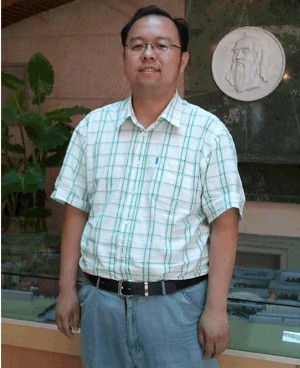北外名师
SAT阅读题型分类——举例说明题
发布时间:2016-04-21Prior to 1975, union efforts to organize public-sector
clerical workers, most of whom are women, were some-
what limited. The factors favoring unionization drives
seem to have been either the presence of large numbers
(5)of workers, as in New York City, to make it worth the
effort, or the concentration of small numbers in one or
two locations, such as a hospital, to make it relatively
easy, Receptivity to unionization on the workers, part
was also a consideration, but when there were large
(10)numbers involved or the clerical workers were the only
unorganized group in a jurisdiction, the multioccupa-
tional unions would often try to organize them regard-
less of the workers’ initial receptivity. The strategic
reasoning was based, first, on the concern that politi-
(15) cians and administrators might play off unionized
against nonunionized workers, and, second, on the
conviction that a fully unionized public work force
meant power, both at the bargaining table and in the
legislature. In localities where clerical workers were few
(20)in number, were scattered in several workplaces, and
expressed no interest in being organized, unions more
often than not ignored them in the pre-1975 period.
But since the mid-1970’s, a different strategy has
emerged. In 1977, 34 percent of government clerical
(25)workers were represented by a labor organization,
compared with 46 percent of government professionals,
44 percent of government blue-collar workers, and
41 percent of government service workers, Since then,
however, the biggest increases in public-sector unioniza-
(30)tion have been among clerical workers. Between 1977
and 1980, the number of unionized government workers
in blue-collar and service occupations increased only
about 1.5 percent, while in the white-collar occupations
the increase was 20 percent and among clerical workers
(35) in particular, the increase was 22 percent.
What accounts for this upsurge in unionization
among clerical workers? First, more women have entered
the work force in the past few years, and more of them
plan to remain working until retirement age. Conse-
(40)quently, they are probably more concerned than their
predecessors were about job security and economic bene-
fits. Also, the women’s movement has succeeded in legit-
imizing the economic and political activism of women on
their own behalf, thereby producing a more positive atti-
(45)tude toward unions. The absence of any comparable
increase in unionization among private-sector clerical
workers, however, identifies the primary catalyst-the
structural change in the multioccupational public-sector
unions themselves. Over the past twenty years, the occu-
(50)pational distribution in these unions has been steadily
shifting from predominantly blue-collar to predomi-
nantly white-collar. Because there are far more women
in white-collar jobs, an increase in the proportion of
female members has accompanied the occupational shift
(55)and has altered union policy-making in favor of orga-
nizing women and addressing women’s issues.
5. The author states that which of the following is a consequence of the women’s movement of recent years?
(A) An increase in the number of women entering the work force
(B) A structural change in multioccupational public-sector unions
(C) A more positive attitude on the part of women toward unions
(D) An increase in the proportion of clerical workers that are women
(E) An increase in the number of women in administrative positions
查看正确答案和解析
Correct Answers: C


 揭秘美国大学院校的招生喜好随着暑期的来临,越来越多的家长和学生们开始着手准备201......
揭秘美国大学院校的招生喜好随着暑期的来临,越来越多的家长和学生们开始着手准备201......